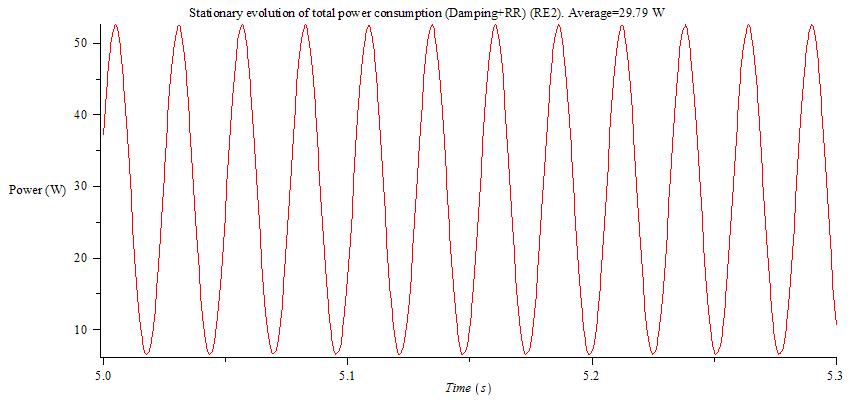In the two following sheets you can find different models to translate drag to time savings. The first model is the most complex and it leaves the door open for a pretty unintuitive result, small drag savings measured in the wind tunnel could translate to time losses in real world. I have tried to find out when this could happen but, for the moment, I haven't found any real world combination of parameters that could produce time losses.
To compare the performance of the 3 models that can be used for real world conditions (non-null wind speed), I have considered two different bike speeds for the initial run (R1). For both bike speeds, wind direction and speed have been chosen to produce a yaw equal to -10º for the initial run. Then, a CdA reduction equivalent to 50gF measured in the wind tunnel at 30mph has been applied and time savings are calculated for each model. For the model 1, I have considered Speed Concept drag-yaw linear relation (DZ on, Fastest bottle configuration) taken from Cervélo P4 in the Tunnel Slowtwitch's article. Yaw angle is considered negative when the apparent wind speed sees the driveside first. Here are the results:
As you can see, the phenomenon that causes the paradox that I have already commented is present here. Drag savings in real world are smaller than in the wind tunnel because the speed increase causes a yaw reduction and, consequently, a small drag increase. The error is maximized for yaws near stall angle, when the derivative of drag with respect to yaw is bigger.
The previous picture shows the formula that's typically used to convert from drag to time savings. As you can see, it's pretty accurate for most situations, especially when bike speed is similar to wind tunnel speed. Drag-time relation is pretty linear for all the models that I've presented so it's also accurate to predict time savings for bigger drag reductions.
That's all for today. Thanks for reading!






































